onsighting - jargon defined!
I work with a lot of climbers! Many, many questions come up about the jargon related to onsighting! So, I want to provide you with a breakdown of the lingo + my main tips for onsighting single- and multi-pitch routes!
I hope this makes it more clear for you + gets you stoked to onsight!
Our father
5.10+R on gear, onsight
Black Velvet Canyon, Nevada
Nate Kenney photo (shot for Trango climbing)
Let’s start with the basics! Below are definitions that will help you navigate the lingo surrounding onsighting and sending!
Send – You climb the route (or boulder) from bottom to top without taking a fall or weighting the rope
Bouldering – you top out or finish the boulder problem
Redpoint – You climb the route from bottom to top without taking a fall or weighting the rope. This term is the same as send, but it is not used for bouldering. If you are curious to where this term comes from, I recommend watching Rotpunkt to learn this history!
Sport Climbing – you climb from bottom to top, on lead, and clip into the anchor without ever weighting the rope. The draws can be pre-hung. Typically, it is acceptable to stick clip the first bolt to ensure safety.
Trad Climbing – you climb the route from bottom to top, on lead, and clip into the anchor without ever weighting the rope. You place the gear as you go, determining how much (or how little…) you want to protect the climb.
Intermission! with a lovely look at Mescalito at sunset!
Okay! Back to the matter at hand! There are A few nuances exist here that I want to point out:
Pinkpoint – this is the term for sending a trad route with the gear already placed. In general, people shoot for the redpoint by placing all of their own protection as they climb. I feel the same about the term pinkpoint as I do the girlfriend boulder… but that is a topic for another time…
On-point – this term is used when people talk about moves in isolation vs. on a redpoint attempt. This sounds like “I can pull the moves that way in isolation, but I think I’ll use different beta on-point. It is a few more moves, but they are higher-percentage!”
Onsight – Sending/Redpointing a route on your first attempt, without prior knowledge about the route.
Bouldering Note – note that you can typically see all the boulder problem before trying it. Because of this, boulderers typically only use the designation of flash (see definition below) if you send on your first attempt.
Flash – Sending/Redpointing a route on your first attempt, but after collecting a significant amount of information about the route. This can be mean watching beta videos on it, talking to people about it at the crag before your attempt, or getting a very, very detailed description from an online forum like Mountain Project, 8a, or The Crag.
Note: A grey area certainly exists between a flash and an onsight due to the prevalence of information on the internet about certain climbs. Some of the information is needed for a safe experience (what gear to bring, rappels, etc…). Beta on logistics wouldn’t be considered too much information to not qualify as a onsight. Beta on movement, on the other hand, may push you into the category of flash instead of onsight.
Onsight level – The grade in which you consistently onsight. This is used a lot by coaches and mentors and I do want to include it here for you. If you consistently onsight all 5.10s (say, 95% of the time). 5.10 would be your comfortable onsight level.
At the end of the day, it is my recommendation to find the boundaries and limitations that determine your onsight and try to climb in the style that is the most fulfilling to you. Giving yourself credit where credit is due, but also calling it a flash when you know that is more accurate.
Snake Eyes, 5.13b (8a) sport - redpoint
Gallatin Canyon, Montana
Photo by Austin Schmitz



